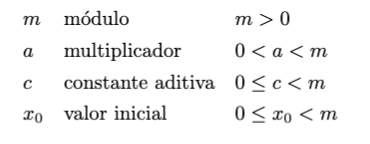Latex aligning equations
latex equation align
I was search for ways to align multiple parts of an equation, and found this post on stackexchange.
The align environment is the vanilla way to align equations, and the & symbol is used to specify the point of alignment.
1 | \begin{align} |
$$
\begin{align}
a &= b + c\\
&= d + e
\end{align}
$$
To specify more than one point of alignment, use the alignat environment. The first argument is the number of points of alignment, and the second argument is the number of columns in the equation.
1 | \begin{alignat*}{3} |

Additionally, there’s a discussion of what’s the difference between & and && in this thread, feel free to checkout this for more information!
Latex aligning equations
https://charliejcj.github.io/blog/2023/04/30/latex-equation-align/

